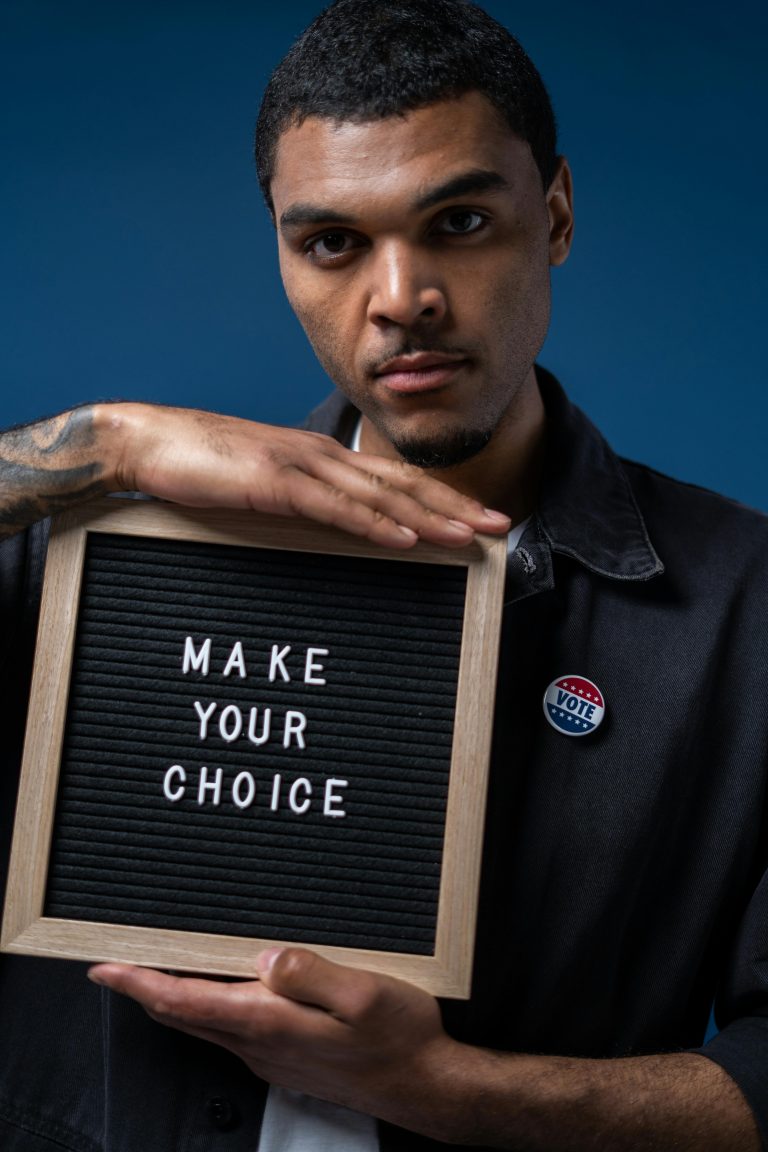Ranked Choice Voting: A Path Toward a Stronger Democracy

Most Americans agree that something is deeply broken in our political system. Whether you’re on the left, the right, or somewhere in between, the frustration is the same: elections feel rigged, choices feel limited, and far too often, our leaders seem more interested in serving donors than delivering results.
One of the most promising reforms to fix this is ranked choice voting (RCV). It’s a simple change with powerful potential to revitalize our democracy and return power to everyday voters.
What Is Ranked Choice Voting?
In a ranked choice election, instead of choosing just one candidate, voters rank the candidates in order of preference—first choice, second choice, third, and so on. If no candidate wins a majority of first-choice votes, the candidate with the fewest votes is eliminated, and those votes are redistributed to the next choice on those ballots. This process continues until one candidate has a majority.
It’s not complicated—it’s common sense.
Why It Works for Everyday Voters
Ranked choice voting empowers people to vote for the candidates they truly believe in—without fear of “wasting” their vote or accidentally helping elect someone they oppose. You don’t have to play the strategy game of choosing the “lesser evil.” You can vote your values and still have your voice count.
RCV also opens the door for new candidates with fresh ideas who often struggle under our current system. Right now, the two-party system acts like a gatekeeper, favoring candidates backed by big money and name recognition. With RCV, voters can support independents, reformers, and grassroots candidates without risking a split vote.
It Makes Our Elections More Civil and Inclusive
Because candidates benefit from being a second or third choice, ranked choice voting encourages more respectful, issue-focused campaigning. It rewards those who build broad coalitions rather than just energizing a narrow base. That’s good for democracy—and frankly, good for our mental health.
It also allows for more diverse voices to be heard—people of different backgrounds, ideologies, and lived experiences. In a ranked system, voters are more likely to consider a wider range of perspectives because they aren’t locked into a binary choice.
The Critics, and the Counterpoints
Some critics argue that ranked choice voting is confusing. But evidence from cities that have implemented it—like San Francisco, Minneapolis, and New York City—shows that voters adapt quickly, especially with good public education. In fact, voter satisfaction often increases because people feel like their votes matter more.
Others claim that RCV might delay election results. It’s true that counting ranked ballots takes longer, especially in close races. But speed shouldn’t come at the cost of fairness. Taking a little more time to ensure a truly representative outcome is a worthwhile tradeoff.
Unfortunately, some elected officials are actively working to undermine even the most basic voting processes. Congressman Darrell Issa recently sued to block the counting of mail-in ballots received after Election Day, a move that directly threatens legitimate votes and erodes public trust in the process. It also highlights a dangerous contradiction: the same people who demand fair elections seem willing to throw out the rules when the results don’t suit them.
Given that ranked choice voting naturally requires more time to count and verify ballots accurately, attacks like Issa’s lawsuit are not just partisan stunts—they are a direct threat to the evolution of democracy. Instead of embracing methods that encourage participation and thrive in compromise, Issa is choosing to restrict access and disenfranchise voters. That’s not leadership. That’s sabotage.
A Democracy That Works for All of Us
Ranked choice voting isn’t a partisan idea—it’s a people-powered reform. It levels the playing field, reduces the influence of big money, and puts real choices back in voters’ hands. It encourages participation, elevates ideas, and discourages toxic, zero-sum campaigning.
If we want a democracy that works for all of us—not just the donor class—ranked choice voting is a step in the right direction.
Let’s stop settling for the broken system we have, and start building the one we deserve.